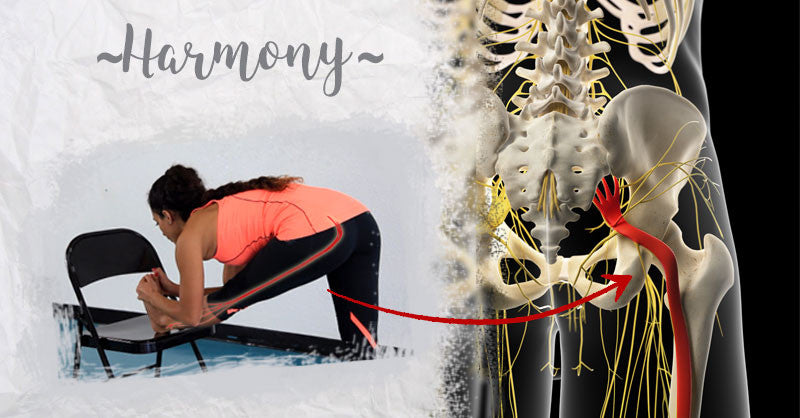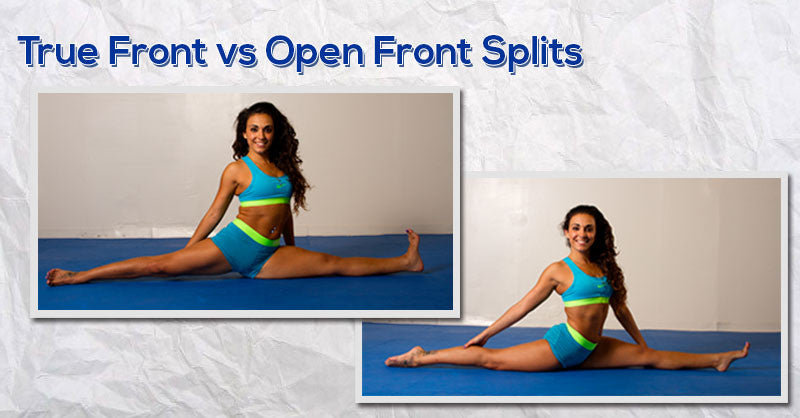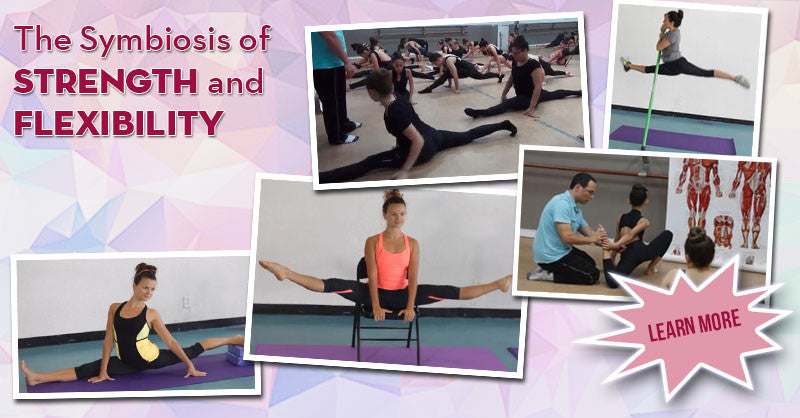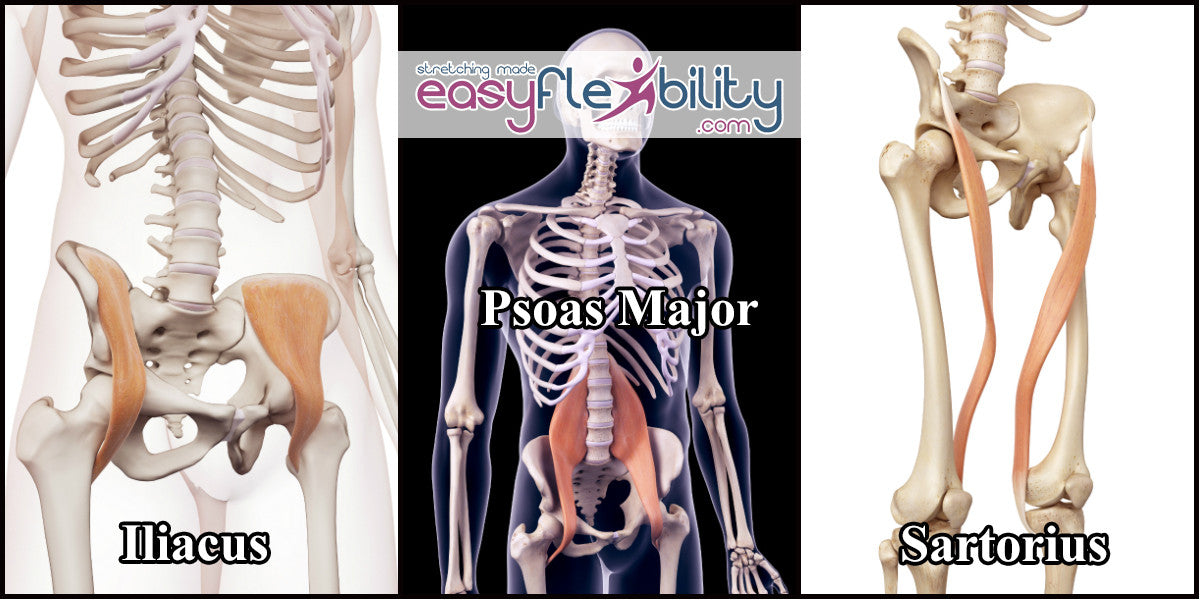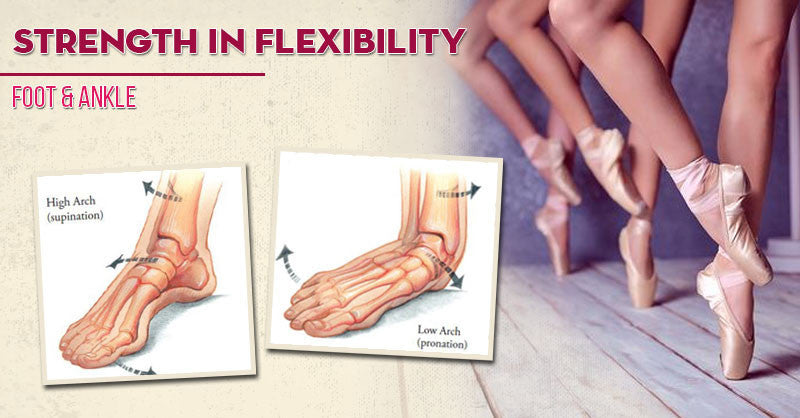Strength in Flexibility: Turnout
Posted by EasyFlexibility Team on
“TURN OUT!” may be the most commonly heard phrase wafting out of dance classes around the world. A 180-degree turnout is one of the most desired positions in the ballet world. For centuries dancers have worked to create the perfect line, molding their bodies to perfection. It is no surprise that these artists are considered some of the best athletes in the world, oftentimes working to the extremes. Unfortunately, not many dancers are naturally born with this rotation. A handful of beginner students, until properly trained, tend to emulate the “perfect turnout” by wrenching their knees outward. Of course, this method of torque is difficult to maintain and will cause knee injuries over time.Instead, most dancers rely on a consistent routine of stretching to open up the range of motion within the hip joint.
Turnout initiates from the hips, not the knees or feet. In order to understand how to achieve the greatest turnout, a deeper look into the anatomy of the hip is especially valuable.
Turnout is supported by six deep rotator muscles surrounding the hip joint: 1) Piriformis, 2) Superior Gemellus, 3) Inferior Gemellus, 4) Obturator Internus, 5) Obturator Externus, and 6) Quadratus Femoris.

In addition Gluteus Maximus, Posterior Fibers of Gluteus Medius and Long Head of Biceps Femoris assists in Lateral Rotation.

While 3 of the hip flexors (Psoas, Iliacus and Sartorius) also turn the hip out.

Avoiding Injury
While young dancers tend to focus on flexibility, it is important to realize that to be truly effective and avoid injury, the muscles must not only be stretched, but strengthened as well. With stretching comes flexibility. With strength comes stability. Both work together to shape a true powerhouse of a dancer.
Holding the Position
It would be a shame to gain tremendous flexibility and not be able to hold the position. To test strength in lateral rotation, check out the Turnout Incline Plane (TIP) on blocks exercise in the Ballet Turnout Program. Sit on the floor with feet extended to the front, hands on the floor behind your seat. Place one foot on each block and turn out, with the goal of placing the outer edge of the foot on the block and heels slightly hanging over the inside edge. Keeping this position, lift the hips off of the floor and hold for up to thirty seconds. For more of a challenge, move the feet further off of the blocks, bringing the heels closer together. If this position is only able to be held for a short period, there is work to do. This test is an excellent gauge to track turnout strength over time.

Other exercises for strength in turnout can be performed in ballet class. Plié as well as fondu are wonderful basics that strengthen the deep rotators as well as the gluteal muscles. Each time the movement lowers, there is a chance to stretch and lengthen as the hip joint opens to the side. On the way back to a standing position, the gluteus maximus and piriformis are working hard to stabilize in the newly found space within the joint. To give these tried and true exercises more bang for the buck, finish with a passéretiré balance, which will work these muscles even harder by introducing an isometric hold, connecting back to the earlier block exercise.
Our Goal
When the muscles are especially tight, turnout becomes a challenge because the head of the femur bone, is unable to move within the hip joint. The goal of Easy Flexibility’s Ballet Turnout Program is to stretch this tricky area and create more space within the joint for greater range of motion and enable the strength to keep improving over time.
It is important to remember that every BODY is different from joint structure, to muscle length, to flexibility. As a dancer, give it everything it needs. FLEXIBILITY to move in new ways and STRENGTH to support the journey.
© ElasticSteel Corp., EasyFlexibility, Paul Zaichik, et. El., 2022. No part of the materials available through ElasticSteel.com, EasyFlexiiblity.com, site may be copied, photocopied, reproduced, translated or reduced to any electronic medium or machine-readable form, in whole or in part, without prior written consent of Paul Zaichik EasyFlexibility.com, Elasticsteel.com.. Any other reproduction in any form without the permission of Paul Zaichik EasyFlexibility.com, Elasticsteel.com is prohibited. All materials contained on this site are protected by United States copyright law and may not be reproduced, distributed, transmitted, displayed, published or broadcast without the prior written permission of Paul Zaichik, EasyFlexibility.com, Elasticsteel.com.





